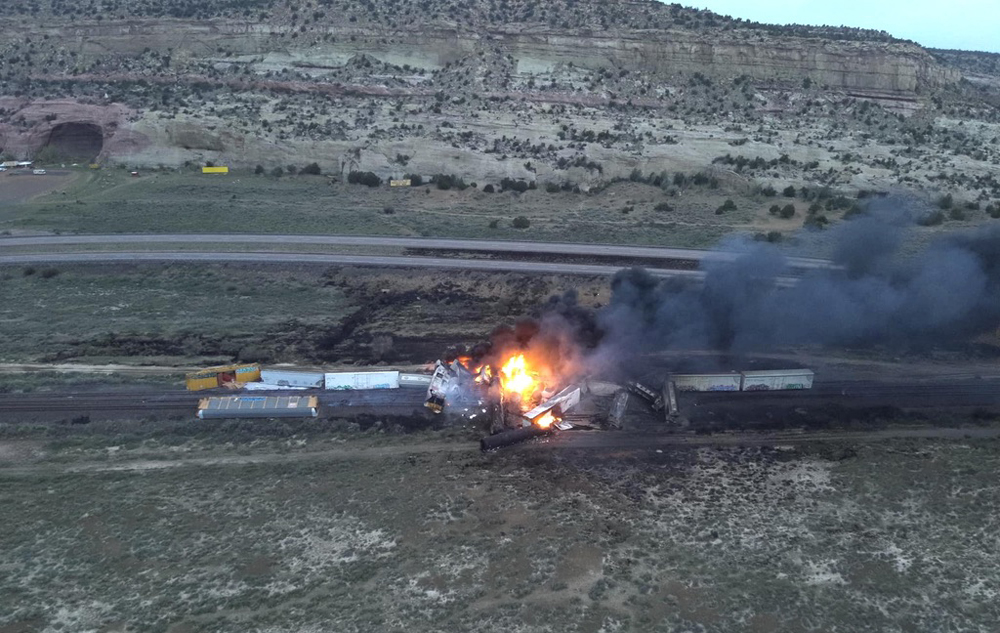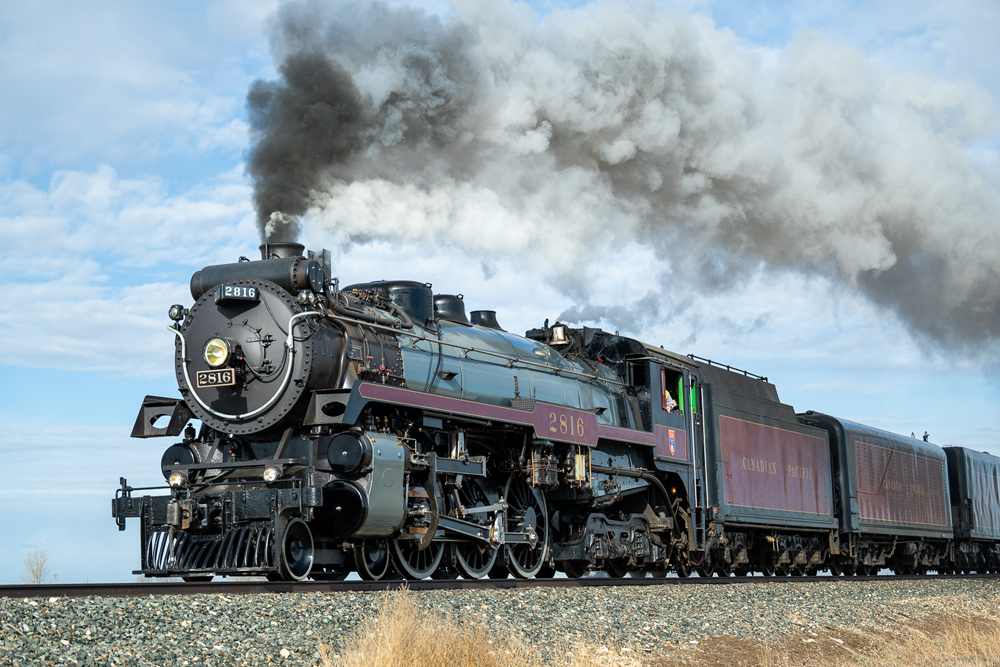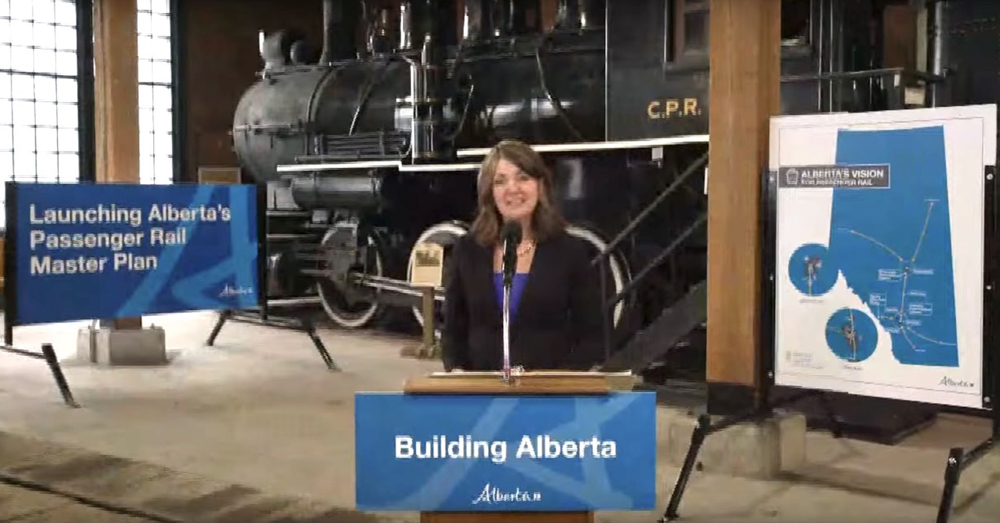MONTREAL — Canadian National CEO Tracy Robinson was singing from the same hymnal as other railroad leaders when she discussed safety during CN’s earnings call on Monday.
All of the CEOs have stressed the importance of safety during their earnings calls this month in the wake of the disastrous Feb. 3 derailment of a Norfolk Southern train and subsequent hazardous materials release in East Palestine, Ohio. The wreck has put the industry’s safety record under intense scrutiny.

“The safe movement of all goods through the communities we serve across North America has never been more front of mind,” Robinson says. “This industry and our company have made tremendous progress on improving the safety of our operations over the past decade. And we’re all working towards reducing and ultimately eliminating harm — both injuries and incidents — and ensuring that we protect the communities. They’re our communities in which we operate and in which we live.”
The railroad industry’s investments in technology, training, leadership, and culture have all led to safety improvements, she says.
“We’re not yet to zero in the industry. But we’re making progress,” Robinson says. “And I’m proud of the way the industry is coming together to advance together. After the derailment in Ohio earlier this year, all of the Class I’s convened, put all of our respective technology and protocols on wayside detection on the table, and we together used that to develop new voluntary standards for our industry and for wayside detection.”
All of the Class I railroads are implementing those standards now, she says.
As of Sunday, CN has gone 838 days without a fatality and 650 days without a serious injury, the longest such stretches in the railway’s history. “I think it’s proof that zero is possible,” Robinson says. For the first quarter, CN’s accident rate declined 41% and its injury rate was down 17%.
While the railroads take steps to voluntarily improve wayside detection systems and standards, Robinson says regulators have an important role to play.
“Our regulators can and they should be positive partners and will be — as long as there is a fact-based, data-driven approach that connects potential solutions with root causes,” she says. “And if we apply all the wrong solutions, we’ll not only fail to make the necessary gains in safety outcomes, we run the risk of unintended consequences that impair the performance of our supply chain.”
Robinson did not say what proposed regulations might be the wrong solutions.
The National Transportation Safety Board has said that the East Palestine derailment was caused by a wheel bearing failure. The Rail Safety Act proposed in the U.S. Senate would regulate wayside defect detectors for the first time, expand handling rules for trains carrying hazardous materials, and require railroads to provide first responders with more funding and real-time data on hazmat shipments.
But the bill also would require a train crew of at least two people, cap train length and weight, set minimum times for freight car inspections, outlaw blocked grade crossings, and increase fines on railroads that violate safety rules.














It’s all talk and no action. We have brought up the 2 biggest safety concerns and are told to “suck it up”. Until CN takes fatigue seriously, this is just empty talk. Terrible train lineups and throttle restrictions are a major problem. If crews are fighting to keep awake, while dribbling down the tracks at 20 mph, it’s really tough to notice things that could cause problems.
Data and that approach is what’s gotten the railroads in the pickle they’re in. Just because it pencils out on some spread sheet doesn’t make it so in actual real world.The class ones have cut to the bone because that’s what some computer simulation said they could do and we all now know what the end result of that is. There’s no denying they are a total mess because of it.
Train make up & handling still seems a issue that needs more tweaking as string lining accidents are still occurring. But congratulations to CN for their current period of safe operation. Would love to have ALL railroads be so good.
The industry cannot police itself. They have proven it by all class 1s adopting some form of PSR.
The FRA and STB should have civil service senior statisticians on staff to analyze data subject to mandatory submission by class 1s. Based on independent analysis by the agency, then mandatory regulations and goals issued. Noncompliance would result in substantial 7-9 figure fines.
Enough no-touch or light-touch regulations. Get tough.
Data? And, ignore “feelings”? Not to mention “emotions”?